How Does a Gate Valve Work?
A gate valve is a type of valve used to control the flow of fluid in a pipeline. It operates by raising or lowering a gate (a wedge-shaped or parallel disc) to either allow or block the flow of the fluid.
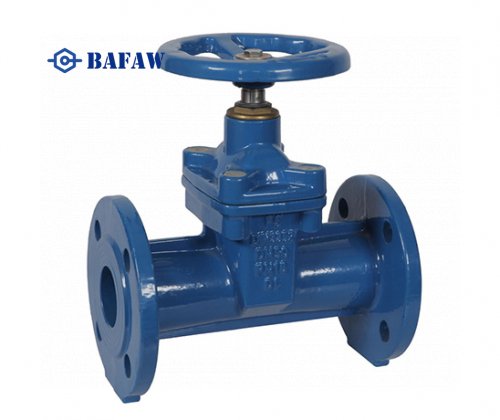







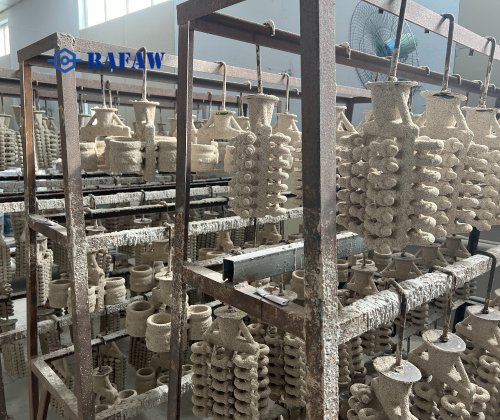
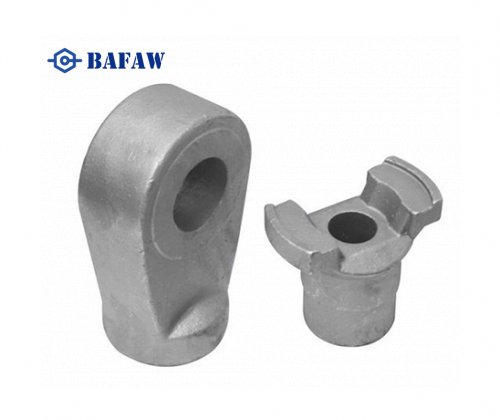
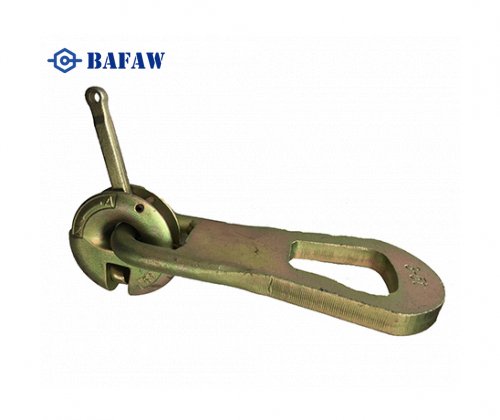
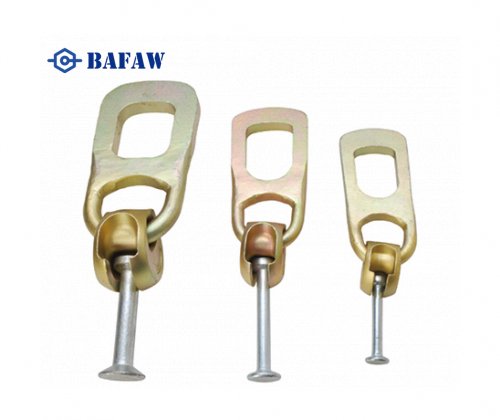
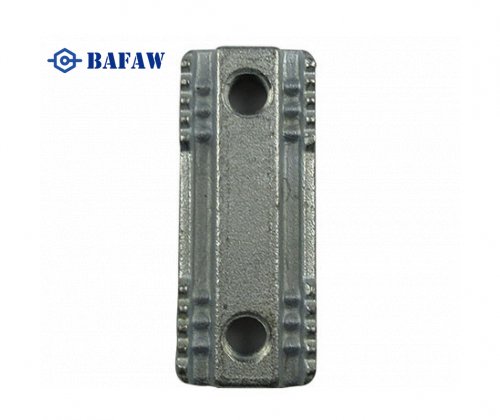
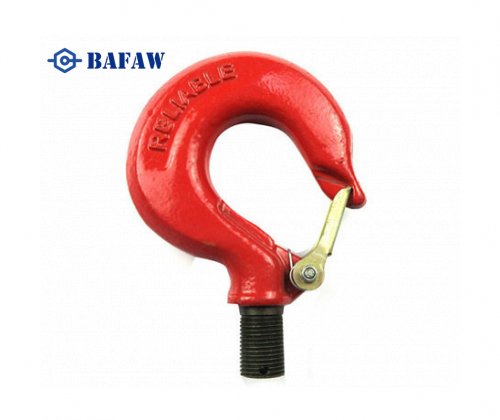
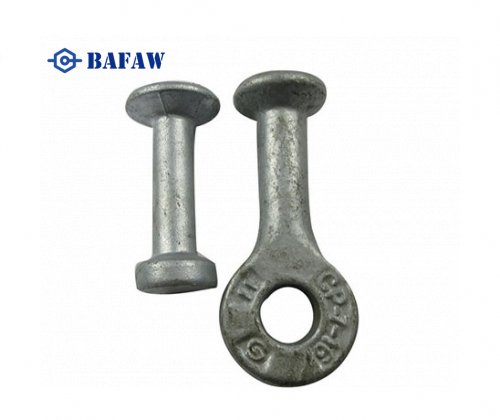
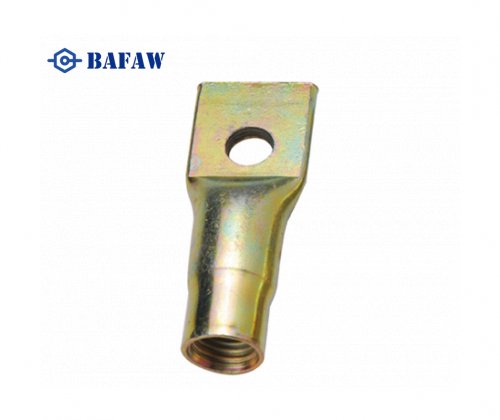
Gate valves are a crucial component in fluid control systems, designed to regulate the flow of various liquids and gases through pipelines. Among the different types of gate valves,knife gate valve, resilient seated gate valves and parallel gate valves play significant roles. This article will delve into the structure, function, and applications of these valves.
Gate valves, often referred to as sluice valves, are designed to allow or prevent the flow of fluid. They operate by raising or lowering a gate into a seat, which is positioned perpendicular to the flow path. When fully open, gate valves offer minimal resistance to the fluid flow, resulting in a very low-pressure drop. This characteristic makes them ideal for applications where a full, unobstructed flow is required.
The basic structure of a gate valve consists of a gate (or ‘door’) that moves perpendicular to the path of the fluid and is actuated by rotating a handwheel or handle that raises or lowers the gate. Its primary function is to provide fully open or fully closed fluid control, and it is suitable for use in systems that need to be fully open or closed, but not for flow regulation. When fully open, gate valves provide an unobstructed flow path, thereby minimizing pressure loss as the fluid passes through.
In water treatment and water pipeline systems, gate valves are widely used for their low-pressure drop and bi-directional sealing capability. The use of gate valves is particularly effective in reducing energy consumption in long-distance water pipelines. In addition, the simple design and relatively easy maintenance of gate valves are among the reasons for their widespread adoption.
In the oil and gas industry, gate valves are commonly used in oil pipelines and natural gas pipelines, especially where pipe cleaners are required to clean the pipeline, for which the full bore design of the gate valve is ideal.
Gate valves have less resistance to flow when fully open. They are great for large applications and resist wear well in fluids with solid particles. They typically provide reliable sealing, ease of maintenance and are more cost effective in large bore applications. Some gate valves may be superior to ball valves under extreme temperature or pressure conditions.

However, gate valves have their limitations. Due to the multiple rotations required for their operation, they are slow to open or close, which may be less desirable in systems requiring quick responses. In addition, gate valves are prone to vibration in the partially open position, which may lead to wear and tear on the valve and pipework. Therefore, when selecting a gate valve, the system's operational requirements and fluid characteristics need to be considered.
In terms of material selection, gate valves are usually made of cast iron, steel or stainless steel to suit different operating environments and media. For water applications, gate valves with resilient sealing seats may be used to improve sealing performance. In practice, I recommend careful selection of gate valve material and design to ensure optimum performance in the system according to specific working condition requirements.
Determining the on/off status of a gate valve can be done in several ways. For gate valves with lifting stems, the length of the stem exposed can visually reflect the valve status; manual valves usually have on/off position markings on the handwheel, while electric or pneumatic valves have position indicators on the actuator.
Observing the valve position observation holes, checking the direction of the valve stem keyway, conducting pressure tests, flow tests and listening to fluid sounds can also help determine the valve status. In addition, modern intelligent valve monitoring systems provide the convenience of real-time monitoring.
Resilient seated gate valves are equipped with a flexible gate that ensures a tight seal against the valve seat, even in the presence of slight imperfections. The gate, typically made from ductile iron or steel, is coated with a resilient material such as rubber to enhance sealing performance. The valve body, often constructed from durable materials like cast iron, encloses the gate and other internal components.
The valve stem, which connects the gate to the actuator, plays a vital role in the operation of gate valves. There are two main types of stems: rising stems and non-rising stems. Rising stem gate valves provide a visual indication of the valve's position, as the stem moves up and down with the gate. Non-rising stem gate valves, on the other hand, have a threaded stem that rotates to move the gate without changing the stem's height, making them suitable for installations with limited vertical space.
Resilient seated gate valves are commonly used in water supply systems, including potable water and neutral liquids. They are favored for their tight seal and low-pressure drop, which ensures efficient fluid flow. These valves are suitable for both new installations and repair works, offering reliability and ease of maintenance.
It features two parallel seats, between which the gate slides to control the flow. The gate is typically wedge-shaped, ensuring a tight seal when fully closed. These valves are known for handling high-pressure service and providing a tight seal even under challenging conditions..
Often have metal seated gates, making them durable and suitable for applications involving high temperatures and pressures. The valve body is designed to withstand harsh environments, and the valve stem, whether rising or non-rising, is engineered for robust performance.
These valves are widely used in industries such as oil and gas, where they control the flow of various fluids, including gases. Their ability to maintain a tight seal and handle high pressures makes them ideal for critical applications.
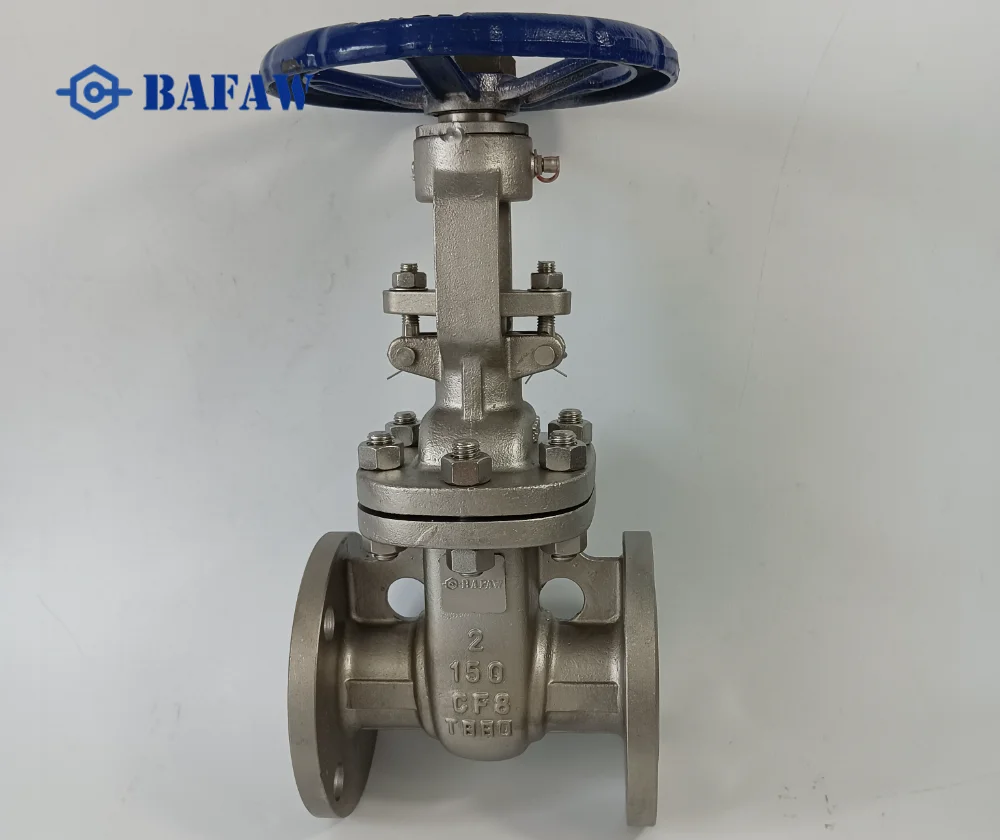
API600 OS&Y Cast Steel Gate Valve
Knife gate valves are another type of gate valve designed to handle fluids with suspended solids. The thin, sharp gate can cut through viscous fluids and slurries, making them ideal for wastewater treatment, mining, and pulp and paper industries. The valve body and gate are typically constructed from stainless steel to resist corrosion and wear.
These valves can be operated manually or via an actuator, and they are designed for both fully open and fully closed positions. The non-rising stem design is often used to save vertical space, making knife gate valves suitable for installations with limited clearance.
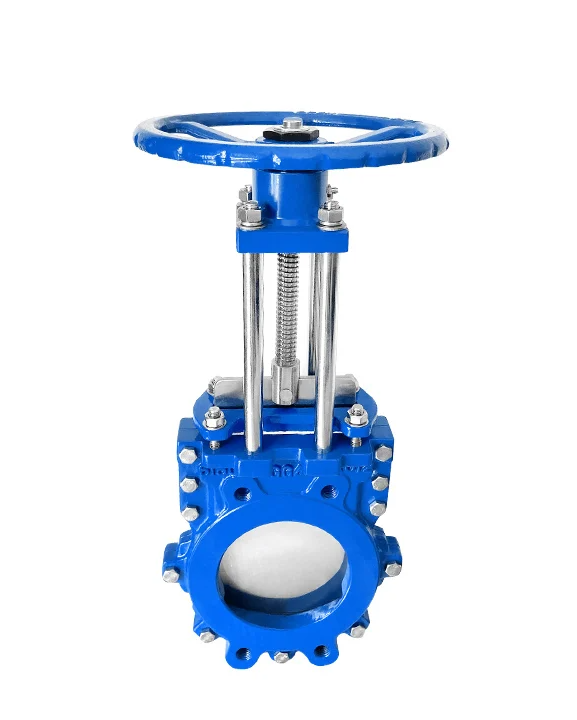
Wedge gate valves use a wedge-shaped gate to control fluid flow. This design ensures a tight seal when the valve is closed, preventing any leakage. The valve body is robust, and the valve seat is engineered to provide a secure seal.
These valves are commonly used in applications where a tight seal is crucial, such as in water supply systems and various industrial processes. The wedge gate ensures minimal fluid resistance when the valve is open, maintaining a low-pressure drop.

SABS 664 Ductile iron Gate Valve
![]()
Selecting the right type of gate valve requires consideration of a number of factors, such as operating pressure, temperature, media characteristics, operating frequency. For example, in a high-temperature steam system project, a resilient wedge gate valve would be more appropriate because it can maintain good sealing performance during temperature changes. In wastewater treatment plant projects, knife gate valve is the ideal choice, because it can effectively cut off the sewage containing solid particles.

Source:engineeringlearn.com
At the heart of a gate valve is the valve body, which is the main pressure-bearing structure of the entire valve. Valve body materials have changed from traditional cast iron to modern high performance alloys. Choosing the right body material is not only related to the service life of the valve, but also has a direct impact on its performance under extreme temperatures and pressures. For example, in a high-temperature steam system project, we chose a special nickel-based alloy valve body, which successfully solved the problem of deformation of traditional materials at high temperatures.
The bonnet, together with the valve body, forms the pressure boundary of the gate valve. It not only protects the internal components but also provides support for the valve stem. During maintenance, the removable bonnet design greatly simplifies the inspection and replacement of internal components. However, ensuring the integrity of the seal between the bonnet and the valve body is also an often overlooked but extremely important aspect.
The gate (or gate) is the core control element of the gate valve. Its design directly affects the sealing performance and ease of operation of the valve. In my experience, wedge gates perform well in high-pressure applications, while parallel gates are more suitable where frequent operation is required. It is also worth noting that the choice of gate material needs to take into account the corrosive and abrasive nature of the medium.
The stem is the key component that connects the actuator to the gate. When selecting a stem, the frequency of operation and environmental conditions of the system are usually taken into account. In addition, while lifting stems provide an intuitive indication of valve position, in some space-constrained applications, non-lifting stems may be a better choice.
The valve seat is a critical component in ensuring the sealing performance of the gate valve. In high-temperature or high-pressure applications, a replaceable seat design is more appropriate, which not only facilitates maintenance but also restores the valve's sealing performance without replacing the entire valve body.
The choice of actuator depends on the specific application requirements. Electric or pneumatic actuators are increasingly common in modern plants with a high degree of automation. However, manual operation is still a necessary alternative in certain critical applications or emergencies.
Sealing devices, such as packing and gaskets, may seem simple, but they are critical to maintaining the long-term performance of the valve. Regular inspection and replacement of these seals can be effective in preventing leakage problems. Especially in high-temperature or high-pressure applications, choosing the right packing material (e.g. graphite or PTFE) can significantly improve the sealing performance and service life of the valve.
Overall, the reliability and performance of a gate valve depends on the quality and compatibility of its individual components. In practice, regular maintenance, cleaning of seats and gate plates, lubrication of the valve stem and replacement of worn parts are important, while the availability of support for late replacement of components needs to be taken into account when selecting a valve manufacturer.

In the oil and gas industry, the application of gate valves is particularly prominent. Especially in long-distance oil pipelines, the low flow resistance characteristics of the gate valve significantly reduces the energy consumption of the system and improve the delivery efficiency. In the complex pipeline network of oil refineries, gate valves occupy a considerable proportion of the total demand for valves, its reliable cut-off function and two-way sealing ability provide a strong guarantee for safe production.
Water treatment and water supply systems are other important application areas of gate valves. Gate valves are not only able to effectively control the flow of water, but also minimise head loss due to their full bore design, which plays a key role in optimising the energy efficiency of long distance water distribution systems. In addition, in wastewater treatment plants, corrosion-resistant special gate valves are widely used to control the flow of various types of wastewater and chemicals, ensuring the safety and efficiency of the treatment process.
In the power industry, especially in nuclear power plants, gate valves are used to demonstrate their excellent performance in high-pressure, high-temperature environments. Special gate valves are not only able to withstand extreme working conditions, but also have a rapid cut-off function, providing multiple guarantees for system safety.
Chemical and pharmaceutical industries have particularly stringent requirements for valves, gate valves in these areas also have a wide range of applications.
In addition, in the mining industry, paper industry, and other fields, the gate valve also has a wide range of applications. For example, in the mine ash discharge system, the use of wear-resistant gate valves effectively extends the service life of the equipment, reducing maintenance downtime.
In general, the application of gate valves covers almost all industrial and municipal areas that require fluid control. Their simple and reliable design, excellent shut-off.
In rising stem gate valves, the stem is threaded and attached to the gate. When the valve is operated, the stem rises out of the valve body, providing a visual indication of the valve's position. The gate moves up and down along with the stem, allowing for precise control of the fluid flow.
Rising stem gate valves are commonly used in water supply systems, wastewater treatment plants, and other applications where the valve position needs to be easily monitored. They are also preferred in situations where regular maintenance is required to ensure optimal performance.
In non-rising stem gate valves, the stem is threaded and rotates inside the valve body without moving up or down. The gate moves along the threads of the stem to open or close the valve. The stem does not extend outside the valve, making this design more compact.
Non-rising stem gate valves are commonly used in fire protection systems, HVAC systems, and other applications where space constraints and environmental protection are essential. They are also widely used in industrial processes where automation is required.
Choosing between rising stem and non-rising stem gate valves depends on the specific requirements of the application. Rising stem gate valves are ideal for situations where a visual indication of the valve position is crucial and where there is enough vertical space to accommodate the rising stem. They are also easier to maintain, making them suitable for applications where regular maintenance is necessary.
On the other hand, non-rising stem gate valves are better suited for installations with limited vertical space and where environmental protection of the stem threads is important. They are more compact and cost-effective, making them suitable for a wide range of applications, including automated systems.
Several key points need to be noted when installing gate valves:
First, ensure that the flow direction of the valve is consistent with the pipeline, the valve stem is installed vertically, and the operating handwheel is located in a position that is easy to operate.
Second, focus on sealing by using appropriate gaskets and tightening flange connections evenly; for large gate valves, provide proper support to reduce piping burden.
In addition, adjusting switching limits, reserving sufficient space for maintenance and conducting pressure tests after installation.
Determining whether a gate valve is damaged can be done in several ways. Firstly, carry out an appearance check and observe whether the valve body is cracked, corroded or deformed and whether the valve stem is bent or worn. Secondly, try to switch the valve on and off, and feel whether there is any abnormal resistance or stagnation, a normal gate valve should be able to operate smoothly. Sealing test is also important, check for leakage when the valve is closed, persistent leakage usually means the sealing surface is damaged.
In addition, listening for abnormal noise when the valve is operating, checking that the valve position indicator is in line with the actual position, and analyzing maintenance records for frequent repairs can all help determine valve condition. Flow abnormalities and actuator performance checks should not be ignored. In practice, combining a variety of methods for comprehensive judgment and regular preventive maintenance can effectively detect potential problems and ensure the safe and reliable operation of the system.
A systematic approach and patience are required in repairing a gate valve that won't open. Firstly, after ensuring that the system is safely depressurized, carry out an external inspection to see if there is any visible damage to the valve stem and confirm that there are no deposits on the gate valve threads. Then, try adding an appropriate lubricant, which tends to solve most problems. If that doesn't work, tap the valve body or increase the opening torque, but be careful not to apply too much force. It is also important to check and adjust the limiting device. Repeatedly operating the valve slowly several times can often loosen the internal mechanism.
If none of these methods work, it may be necessary to disassemble the valve for internal inspection or seek professional repair service.

Maintenance Of Gate Valves
Periodically inspect the exterior of the valve for corrosion, cracks or leaks, etc. A thorough inspection is recommended at least quarterly. Also, valve stems and other moving parts should be properly lubricated, and sealing tests should be performed periodically to ensure that the valve is free of internal leaks.
Cleaning the inside of the valve, checking and adjusting switching limits, tightening any loose bolts, and corrosion-proofing valves exposed to corrosive environments are all important parts of maintenance.
In addition, regular testing of switching operations and timely replacement of worn seals and gaskets should not be overlooked, and keeping detailed maintenance records will help track valve performance history.
BESTFLOW is a professional manufacturer of industrial gate valves, our valves have passed through the ISO, CE, and other certificates, and the products are used in petrochemical, metallurgy, thermal power generation, urban water supply, and other industries.
VALVE WARRANTY 2 YEARS, UNCONDITIONAL REPLACEMENT FOR QUALITY PROBLEMS.
As of 9.30, 2024, we have favorable policies about gate valves, the price is the lowest in history, welcome to inquire!
